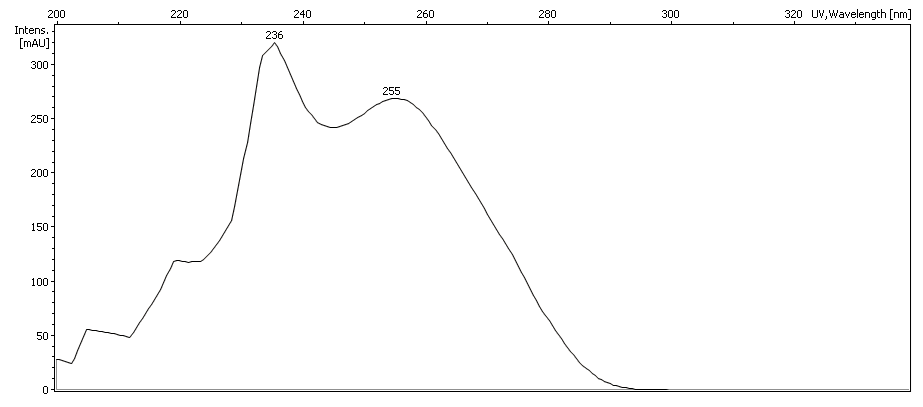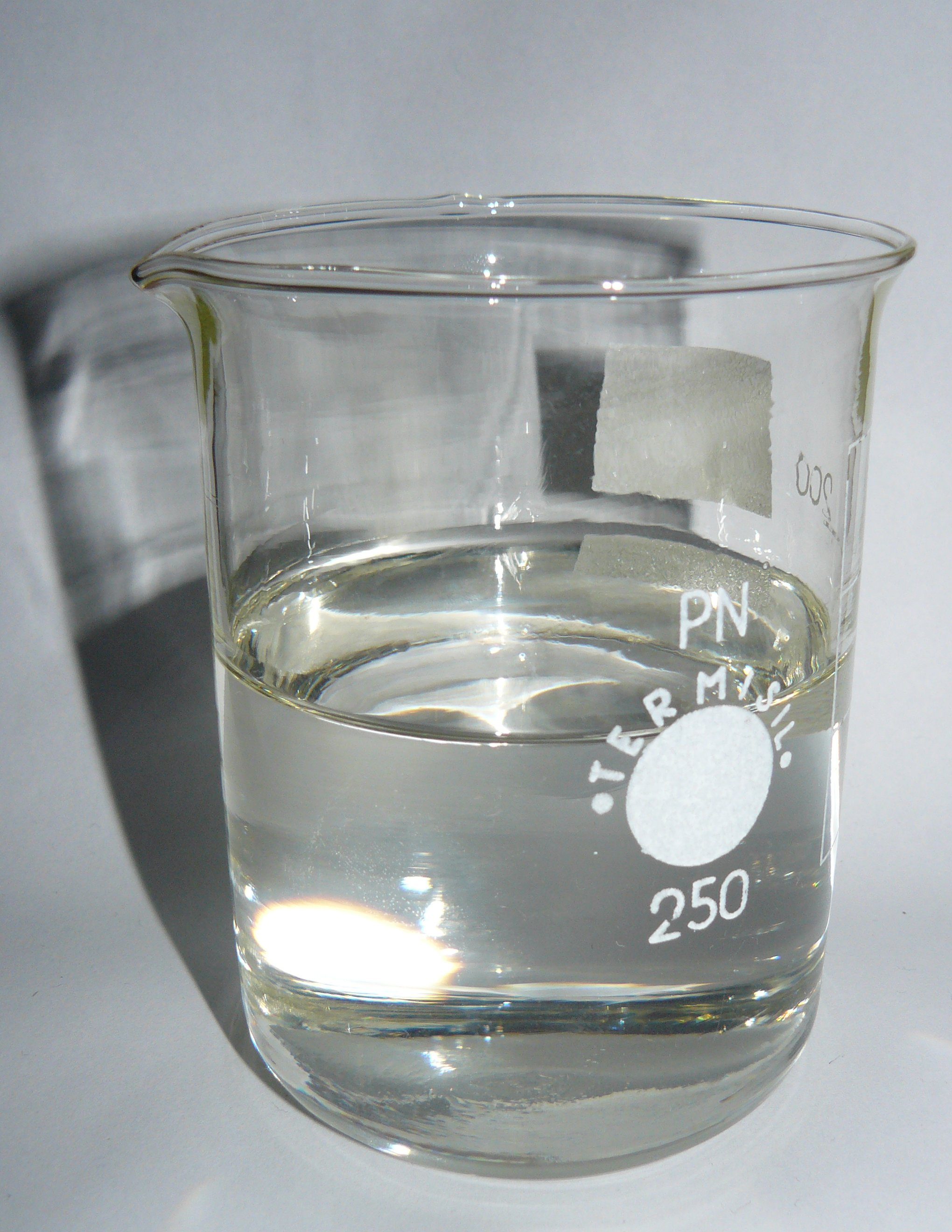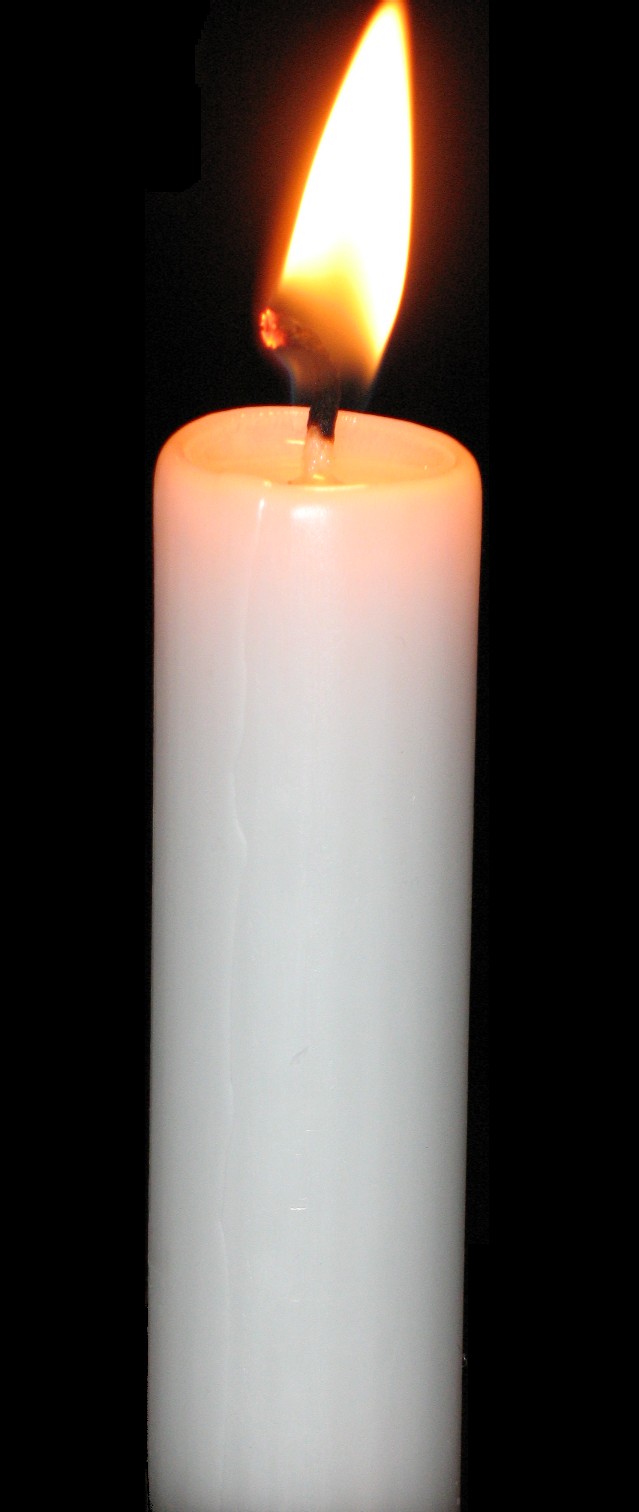|
E45 Cream
E45 cream is a skin care product created in 1952 and currently marketed by Karo Pharma. It is a moisturizer. Its active ingredients are lanolin, white soft paraffin and liquid paraffin. E45 was initially only available in hospitals, but was later made available for retail. The brand belonged to Crookes Healthcare, a subsidiary of the Reckitt group, until it was sold to Karo Pharma in April 2022. Properties E45 prevents moisture escaping from the skin. Paraffin creates a breathable and hypoallergenic layer over damaged skin to protect it from potential irritants whilst lanolin heals and softens the epidermis. The effectiveness of E45 doubles when applied on skin that is still slightly damp. In 2016 it was one of the biggest selling branded over-the-counter medications sold in Great Britain, with sales of £35.5 million. The product contains paraffin (a fire accelerant) and can generate fire Fire is the rapid oxidation of a fuel in the exothermic chemical process of c ... [...More Info...] [...Related Items...] OR: [Wikipedia] [Google] [Baidu] |
E45 Cream Bottle (between Rifu JCT and Taro-kita IC), Sanriku-kita Jūkan Road and Hachinohe-Kuji Expressway, route E45 in Japan.
{{Letter-NumberCombDisambig ...
E45 may refer to: * European route E45, a road that goes between Norway and Italy, through Finland, Sweden, Denmark, Germany and Austria. * E45 cream, a brand of skin care products currently marketed by Karo Pharma. * The US Federal Aviation Administration airport code for Pine Mountain Lake Airport. * ''E45 Bronstein (Byrne) variation'', ECO code for a variation of the Nimzo-Indian Defence. * Sanriku Expressway The is an incomplete expressway that exists in multiple segments in Miyagi Prefecture and Iwate Prefecture, Japan. The expressway connects Sendai, the capital and largest city in Miyagi Prefecture, to Miyako in Iwate Prefecture. It follows the ... [...More Info...] [...Related Items...] OR: [Wikipedia] [Google] [Baidu] |
Lanolin
Lanolin (from Latin 'wool', and 'oil'), also called wool fat, wool yolk, wool wax, sheep grease, sheep yolk, or wool grease, is a wax secreted by the sebaceous glands of wool-bearing animals. Lanolin used by humans comes from domestic sheep breeds that are raised specifically for their wool. Historically, many pharmacopoeias have referred to lanolin as wool fat ('' adeps lanae''); however, as lanolin lacks glycerides (glycerol esters), it is not a true fat. Lanolin primarily consists of sterol esters instead. Lanolin's waterproofing property aids sheep in shedding water from their coats. Certain breeds of sheep produce large amounts of lanolin. Lanolin's role in nature is to protect wool and skin from climate and the environment; it also plays a role in skin ( integumental) hygiene. Lanolin and its derivatives are used in the protection, treatment, and beautification of human skin. Composition A typical high-purity grade of lanolin is composed predominantly of long chain ... [...More Info...] [...Related Items...] OR: [Wikipedia] [Google] [Baidu] |
Distilled Water
Distilled water is water that has been purified by boiling it into vapor then condensing it back into liquid in a separate container. Impurities in the original water that do not boil below or near the boiling point of water remain in the original container. History Drinking water has been distilled from seawater since at least about AD 200, when the process was clearly described by Alexander of Aphrodisias. Its history predates this, as a passage in Aristotle's '' Meteorologica'' refers to the distillation of water. Captain Israel Williams of the ''Friendship'' (1797) improvised a way to distill water, which he described in his journal. Applications In chemical and biological laboratories, as well as in industry, in some appliances, deionized water or reverse osmosis water can be used instead of distilled water as a cheaper alternative. If exceptionally high-purity water is required, double distilled water is used. In general, non-purified water could cause or interfere ... [...More Info...] [...Related Items...] OR: [Wikipedia] [Google] [Baidu] |
Citric Acid
Citric acid is an organic compound with the formula . It is a Transparency and translucency, colorless Weak acid, weak organic acid. It occurs naturally in Citrus, citrus fruits. In biochemistry, it is an intermediate in the citric acid cycle, which occurs in the metabolism of all aerobic organisms. More than two million tons of citric acid Commodity chemicals, are manufactured every year. It is used widely as acidifier, flavoring, preservative, and chelating agent. A citrate is a derivative of citric acid; that is, the salt (chemistry), salts, esters, and the polyatomic ion, polyatomic anion found in solutions and salts of citric acid. An example of the former, a salt is trisodium citrate; an ester is triethyl citrate. When citrate anion, trianion is part of a salt, the formula of the citrate trianion is written as or . Natural occurrence and industrial production Citric acid occurs in a variety of fruits and vegetables, most notably Citrus, citrus fruits. Lemons and Lime ... [...More Info...] [...Related Items...] OR: [Wikipedia] [Google] [Baidu] |
Sodium Hydroxide
Sodium hydroxide, also known as lye and caustic soda, is an inorganic compound with the formula . It is a white solid ionic compound consisting of sodium cations and hydroxide anions . Sodium hydroxide is a highly corrosive base (chemistry), base and alkali that decomposes lipids and proteins at ambient temperatures and at high concentrations may cause severe chemical burns. It is highly soluble in water, and readily absorbs moisture and carbon dioxide from the air. It forms a series of hydrates . The monohydrate crystallizes from water solutions between 12.3 and 61.8 °C. The commercially available "sodium hydroxide" is often this monohydrate, and published data may refer to it instead of the anhydrous compound. As one of the simplest hydroxides, sodium hydroxide is frequently used alongside neutral water and acidic hydrochloric acid to demonstrate the pH scale to chemistry students. Sodium hydroxide is used in many industries: in the making of wood pulp and paper, tex ... [...More Info...] [...Related Items...] OR: [Wikipedia] [Google] [Baidu] |
Propylparaben
Propylparaben (also spelled propyl paraben) is the ''n''-propyl ester of ''p''-hydroxybenzoic acid. It occurs as a natural substance found in many plants and some insects. Additionally, it can be manufactured synthetically for use in cosmetics, pharmaceuticals, and foods. It is a member of the class of parabens and can be used as a preservative in many water-based cosmetics, such as creams, lotions, shampoos, and bath products. As a food additive, it has an E number, which is E216. Sodium propyl ''p''-hydroxybenzoate, the sodium salt of propylparaben, a compound with formula Na(C3H7(C6H4COO)O), is used similarly as a food additive and as an anti-fungal preservation agent. Its E number is E217. In 2010, the European Union Scientific Committee on Consumer Safety stated that the use of butylparaben and propylparaben as preservatives in finished cosmetic products as safe to the consumer, as long as the sum of their concentrations does not exceed 0.19%. Applications Food Under F ... [...More Info...] [...Related Items...] OR: [Wikipedia] [Google] [Baidu] |
Methylparaben
Methylparaben (methyl paraben) one of the parabens, is a preservative with the chemical formula . It is the methyl ester of ''p''-hydroxybenzoic acid. Several related esters are known (ethyl-, propyl-, butylparaben). Together they are the most common preservatives in cosmetics and foods. Among their advantages, parabens are inexpensive, colorless, stable, odorless, and readily biodegraded. Natural occurrences Methylparaben serves as a pheromone for a variety of insects and is a component of queen mandibular pheromone. It is a pheromone in wolves produced during estrus associated with the behavior of alpha male wolves preventing other males from mounting females in heat. Uses Methylparaben is an anti-fungal agent often used in a variety of cosmetics and personal-care products. It is also used as a food preservative and has the E number E218. Methylparaben is commonly used as a fungicide in ''Drosophila'' food media at 0.1%. To ''Drosophila'', methylparaben is toxic ... [...More Info...] [...Related Items...] OR: [Wikipedia] [Google] [Baidu] |
Polyacrylic Acid
Poly(acrylic acid) (PAA; trade name Carbomer) is a polymer with the formula (CH2−CHCO2H)''n''. It is a derivative of acrylic acid (CH2=CHCO2H). In addition to the homopolymers, a variety of copolymers and crosslinked polymers, and partially deprotonated derivatives thereof, are known and of commercial value. In a water solution at neutral pH, PAA is an anionic polymer, i.e., many of the side chains of PAA lose their protons and acquire a negative charge. Partially or wholly deprotonated PAAs are polyelectrolytes, with the ability to absorb and retain water and swell to many times their original volume. These properties acid–base and water-attracting are the basis of many applications. Synthesis PAA, like any acrylate polymer, is usually synthesized through a process known as free radical polymerization, though graft polymerization may also be used. Free radical polymerization involves the conversion of monomers, in this case, acrylic acid (CH2=CHCO2H), into a polymer cha ... [...More Info...] [...Related Items...] OR: [Wikipedia] [Google] [Baidu] |
Cetyl Alcohol
Cetyl alcohol , also known as hexadecan-1-ol and palmityl alcohol, is a C-16 fatty alcohol with the formula CH3(CH2)15OH. At room temperature, cetyl alcohol takes the form of a waxy white solid or flakes. The name cetyl refers to whale oil (''cetacea'' oil, from , from ) from which it was first isolated. Preparation Cetyl alcohol was discovered in 1817 by the French chemist Michel Chevreul when he heated spermaceti, a waxy substance obtained from sperm whale oil, with caustic potash (potassium hydroxide). Flakes of cetyl alcohol were left behind on cooling. Modern production is based around the chemical reduction of ethyl palmitate. Occurrence and uses The ether chimyl alcohol, derived from cetyl alcohol and glycerol, is a component of some lipid membranes. Cetyl alcohol is used in the cosmetic industry as an opacifier in shampoos, or as an emollient, emulsifier or thickening agent in the manufacture of skin creams and lotions. It is also employed as a lubricant for ... [...More Info...] [...Related Items...] OR: [Wikipedia] [Google] [Baidu] |
Glycerol Monostearate
Glycerol monostearate, commonly known as GMS, is a monoglyceride commonly used as an emulsifier in foods. It takes the form of a white, odorless, and sweet-tasting flaky powder that is hygroscopic. Chemically it is the glycerol ester of stearic acid. It is also used as hydration powder in exercise formulas. Structure, synthesis, and occurrence Glycerol monostearate exists as three stereoisomers, 2-glycerol monostearate and the enantiomeric pair of 1-glycerol monostearate. Typically these are encountered as a mixture as many of their properties are similar. Commercial material used in foods is produced industrially by a glycerolysis reaction between triglycerides (from either vegetable or animal fats) and glycerol. Glycerol monostearate occurs naturally in the body as a product of the breakdown of fats by pancreatic lipase. It is present at very low levels in certain seed oils. Uses GMS is a food additive used as a thickening, emulsifying, anticaking, and preservative age ... [...More Info...] [...Related Items...] OR: [Wikipedia] [Google] [Baidu] |
Liquid Paraffin (drug)
Liquid paraffin, also known as ''paraffinum liquidum'', paraffin oil, liquid paraffin oil or Russian mineral oil, is a very highly refined mineral oil used in cosmetics and medicine. Cosmetic or medicinal liquid paraffin should not be confused with the paraffin (i.e. kerosene) used as a fuel. The generic sense of paraffin meaning alkane led to regional differences for the meanings of both ''paraffin'' and ''paraffin oil''. It is a transparent, colorless, nearly odorless, and oily liquid that is composed of saturated hydrocarbons derived from petroleum. The term ''paraffinum perliquidum'' is sometimes used to denote light liquid paraffin, while the term ''paraffinum subliquidum'' is sometimes used to denote a thicker mineral oil. History Petroleum is said to have been used as a medicine since 400 BC, and has been mentioned in the texts of classical writers Herodotus, Plutarch, Dioscorides, Pliny, and others. It was used extensively by early Arabians and was important in ... [...More Info...] [...Related Items...] OR: [Wikipedia] [Google] [Baidu] |
Paraffin Wax
Paraffin wax (or petroleum wax) is a soft colorless solid derived from petroleum, coal, or oil shale that consists of a mixture of hydrocarbon molecules containing between 20 and 40 carbon atoms. It is solid at room temperature and melting point, begins to melt above approximately , and its boiling point is above . Common applications for paraffin wax include lubrication, electrical insulation, and candles; dyed paraffin wax can be made into crayons. Un-dyed, unscented paraffin candles are odorless and bluish-white. Paraffin wax was first created by Carl Reichenbach#Scientific contributions, Carl Reichenbach in Germany in 1830 and marked a major advancement in candlemaking technology, as it burned more cleanly and reliably than tallow candles and was cheaper to produce. In chemistry, ''paraffin'' is used synonymously with ''alkane'', indicating hydrocarbons with the general formula C''n''H2''n''+2. The name is derived from Latin ''parum'' ("very little") + ''affinis'', meaning ... [...More Info...] [...Related Items...] OR: [Wikipedia] [Google] [Baidu] |







